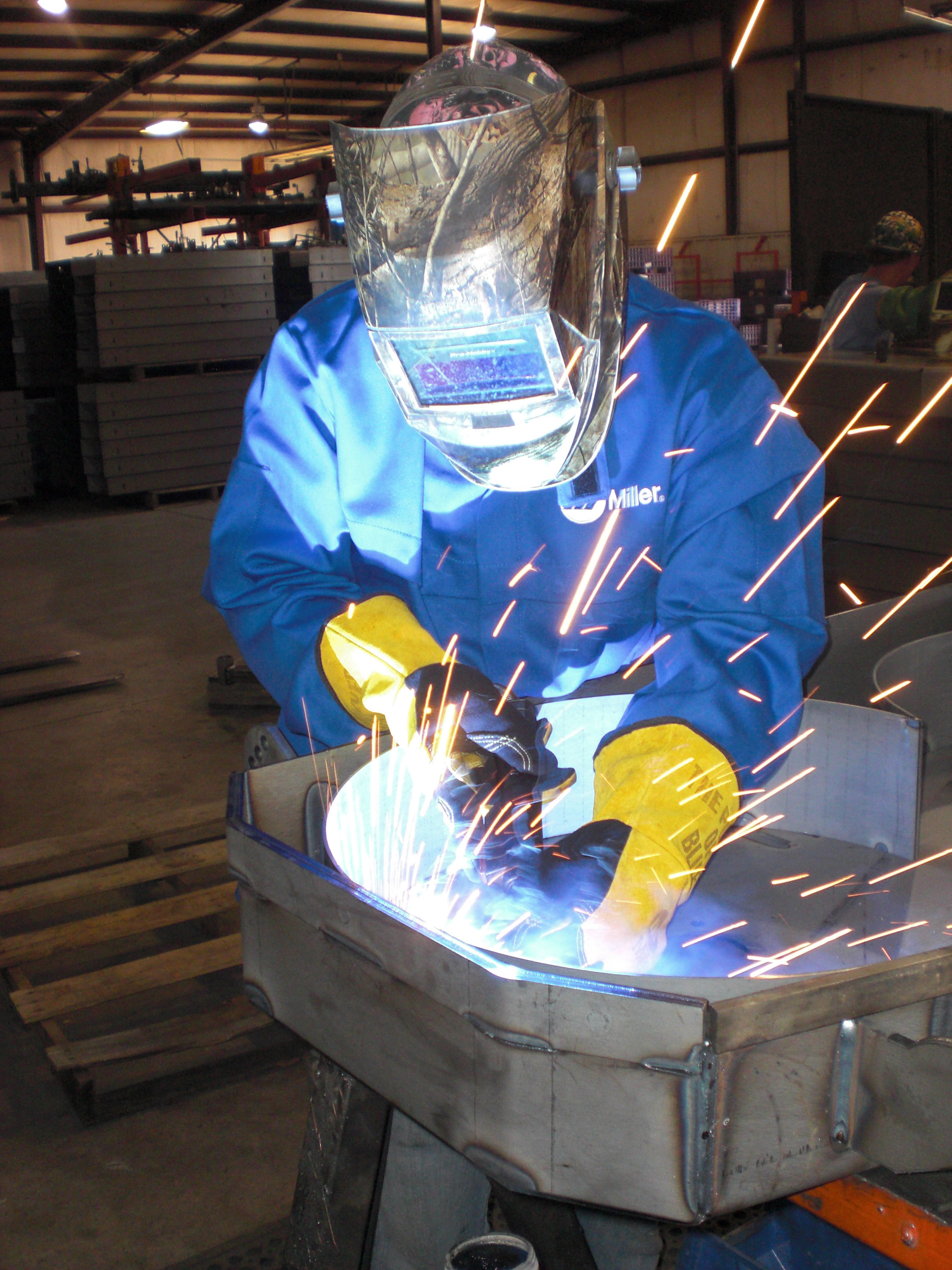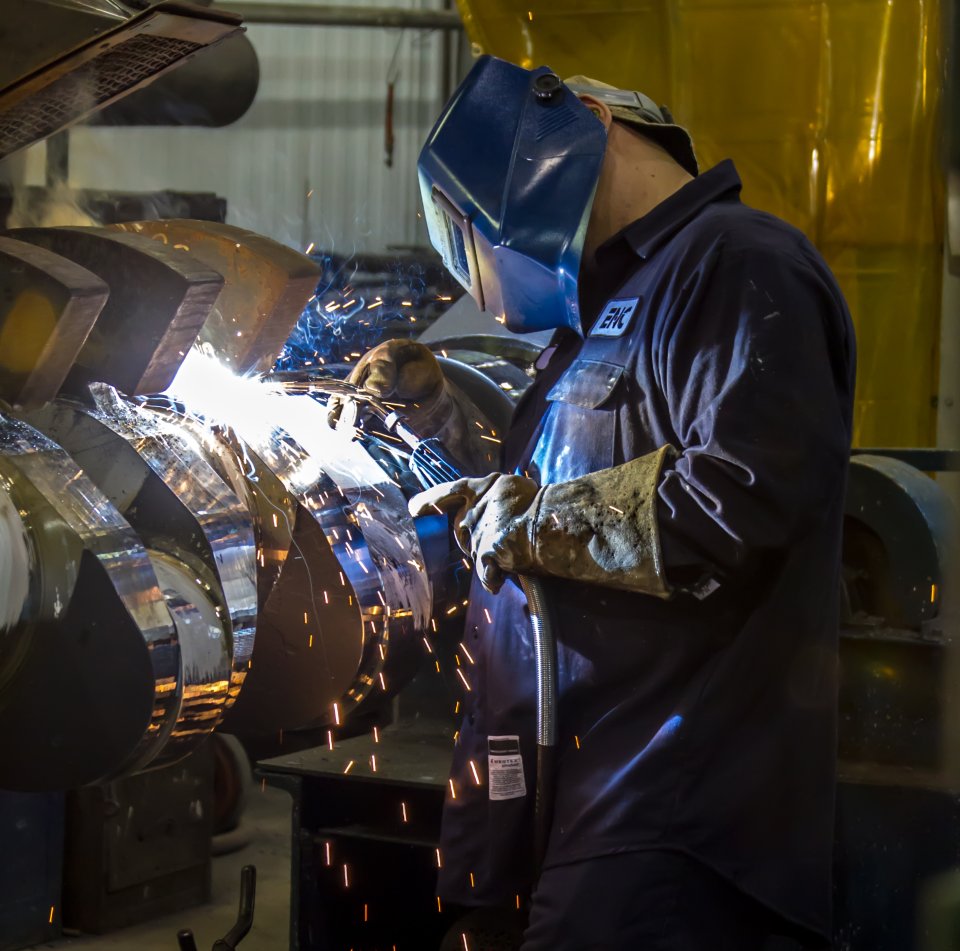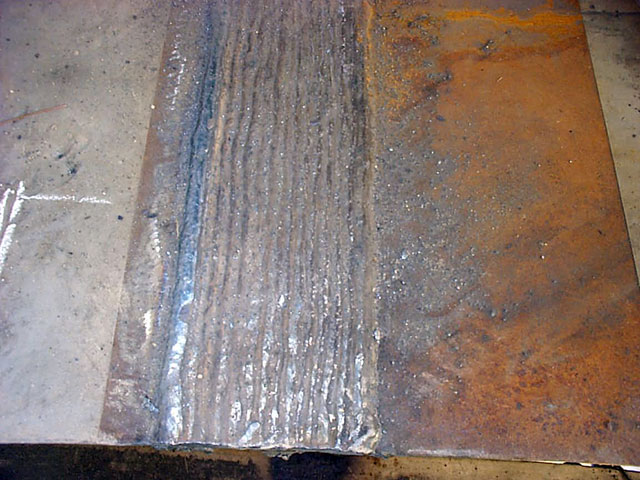Top Ten Things to Teach Novice Welders
Training must go beyond creating quality welds. This primer shows why instilling good habits early on is important to ensure that these individuals are prepared to contribute positively to the overall welding operation and gain the confidence they need to become increasingly proficient.
Posted: November 5, 2012
6. Stay comfortable: Keeping cool and comfortable during the welding process can help welders lessen the chance of injuries associated with repetitive movement and reduce overall fatigue. When possible, welders should learn to minimize cumulative strength moves, material handling or constant motion. They should also use a GMAW gun or GTAW torch with a comfortable handle and cable style, as these factors both contribute to the equipment’s weight and maneuverability.
New welders should be encouraged to play an active role in improving the ergonomics of their welding workspace. Typically, the more involved a welder is in providing input about the job, the more satisfied he or she will be. Plus, such active involvement can help ensure greater safety compliance and lower workers’ compensation costs for injuries.
7. Know the material properties: Every material has different mechanical and chemical properties. Helping new welders understand the difference between materials — particularly how they react to heating and cooling — is a key component of training. For example, austenitic stainless steel conducts heat at around half the rate of mild steel, but has a much higher rate of thermal expansion when welded; it also has a more localized heat affected zone (HAZ) that can lead to buckling when the weld cools.
Welders who are aware of such properties can take precautions such as clamping to prevent distortion. Similarly, many materials require pre- and post-weld heat treatments to control the cooling rate and prevent cracking. When welders are familiar with such material attributes, they’re better prepared to make necessary adjustments during the welding process.
8. Visually inspect the welds: Knowing how to conduct an accurate visual inspection of a completed weld is the first step in quality control. It is also the quickest and least expensive method of inspection. New welders should learn how to identify weld defects that have porosity, for example, since the presence of this weld defect on the surface often indicates a similar problem throughout the weld. Identifying the defect early on helps prevent the time and cost associated with other testing methods, including X-ray or NDT (non-destructive testing) inspections.
Other defects that welders should learn to identify include lack of penetration (high, ropey welds), excessive penetration (sunken welds) and undercutting (characterized by a notch in the base material). It is important, too, that welders inspect for weld cracks, which are among the most common weld defects to occur in the welding operation.
9. Learn how to troubleshoot: Being able to identify and rectify welding problems quickly is a key skill for new welders to learn. Good troubleshooting skills not only help reduce downtime, but they also contribute to good weld quality and productivity. Such skills can also help reduce costs associated with rework. New welders can benefit from learning how to adjust gas flow rates properly and/or identify gas leaks in order to solve instances of porosity. They should also know how to make adjustments to amperage and voltage settings if they encounter issues such as lack of penetration, excessive penetration or undercutting.
Identifying welding problems associated with worn consumables is also important, since poor conductivity can result in an unstable arc and lead to a variety of weld defects.
10. Maintenance makes a difference: From the power source to the GMAW gun or GTAW torch and consumables, every part of the welding system requires maintenance to keep it operating efficiently and effectively. New welders should become familiar with proper maintenance procedures — preferably preventive ones — in order to play an active part in the ongoing upkeep of the entire welding system. Regularly checking that the connections throughout the length of their gun or torch are tight is important, as is visually inspecting the front-end consumables for signs of wear.
In the case of a GMAW gun, the welder should replace nozzles or contact tips that have spatter buildup on them to prevent issues such as poor gas coverage or an erratic arc that will likely lead to weld defects. Welders should also regularly check the power source, primary power line, gas cylinders and gas distribution system to ensure that they are working properly. They also need to replace faulty gas regulators or cables and hoses that show signs of wear, cracks or damage.
There is more to teaching a novice welder than just showing him or her how to set the power source or hold the gun or torch at the correct angle. The best approach to training is to incorporate good habits that will keep the welder safe and comfortable, and provide the knowledge to address everything from maintenance to materials. The time required to transition a novice welder to a skilled one will, of course, take time. Still, the long-term benefits are worth it.
Bernard, 449 West Corning Road, PO Box 667, Beecher, IL 60401, 708-946-2281, Fax: 708-946-6726, www.bernardwelds.com.
Hobart Brothers Company, 101 Trade Square East, Troy, OH 45373, 937-332-4000, Hobart@HobartBrothers.com, www.hobartbrothers.com.
Miller Electric Manufacturing Co., 1635 W. Spencer Street, PO Box 1079, Appleton, WI 54912-1079, 920-734-9821, www.millerwelds.com.
Tregaskiss Ltd., 2570 North Talbot Road, Windsor ON, N0R 1L0, 519-737-3000, Fax: 519-737-1530, info@tregaskiss.com, www.tregaskiss.com.







